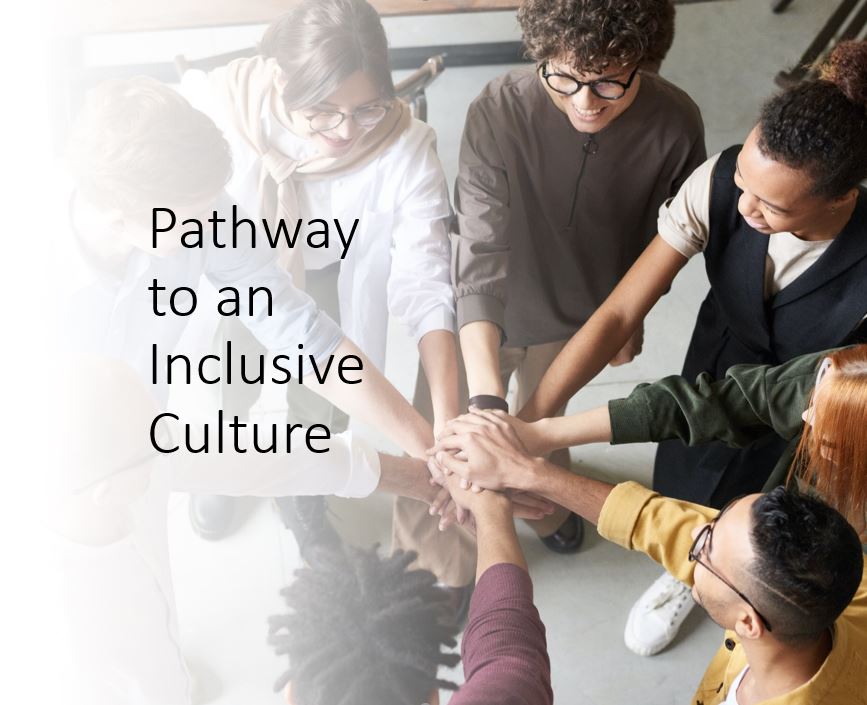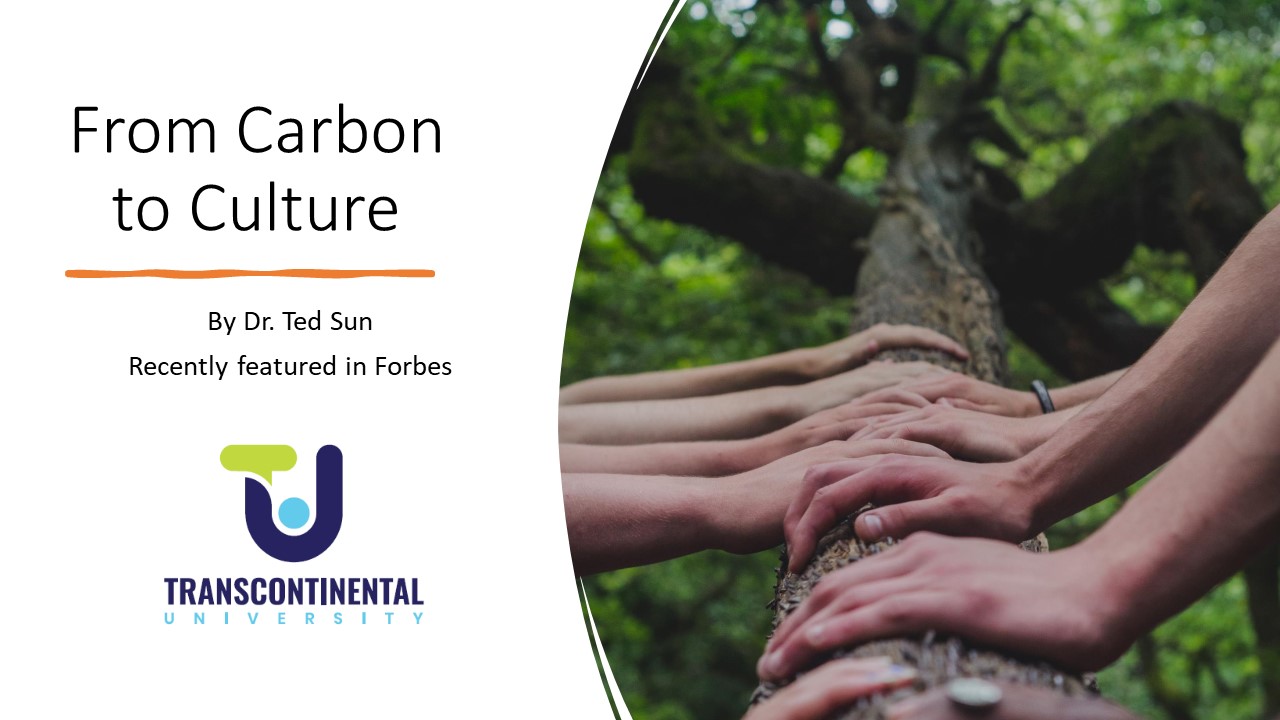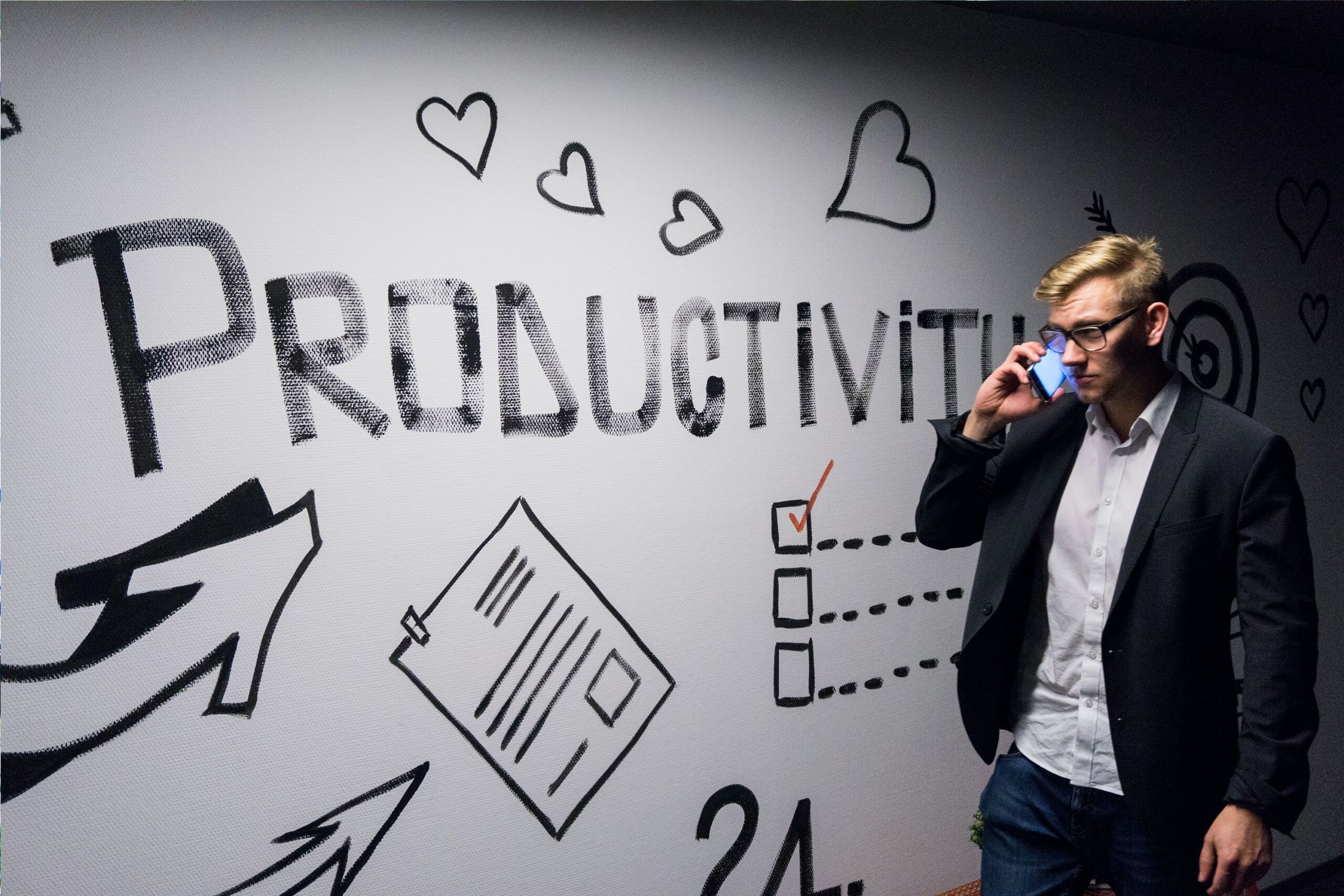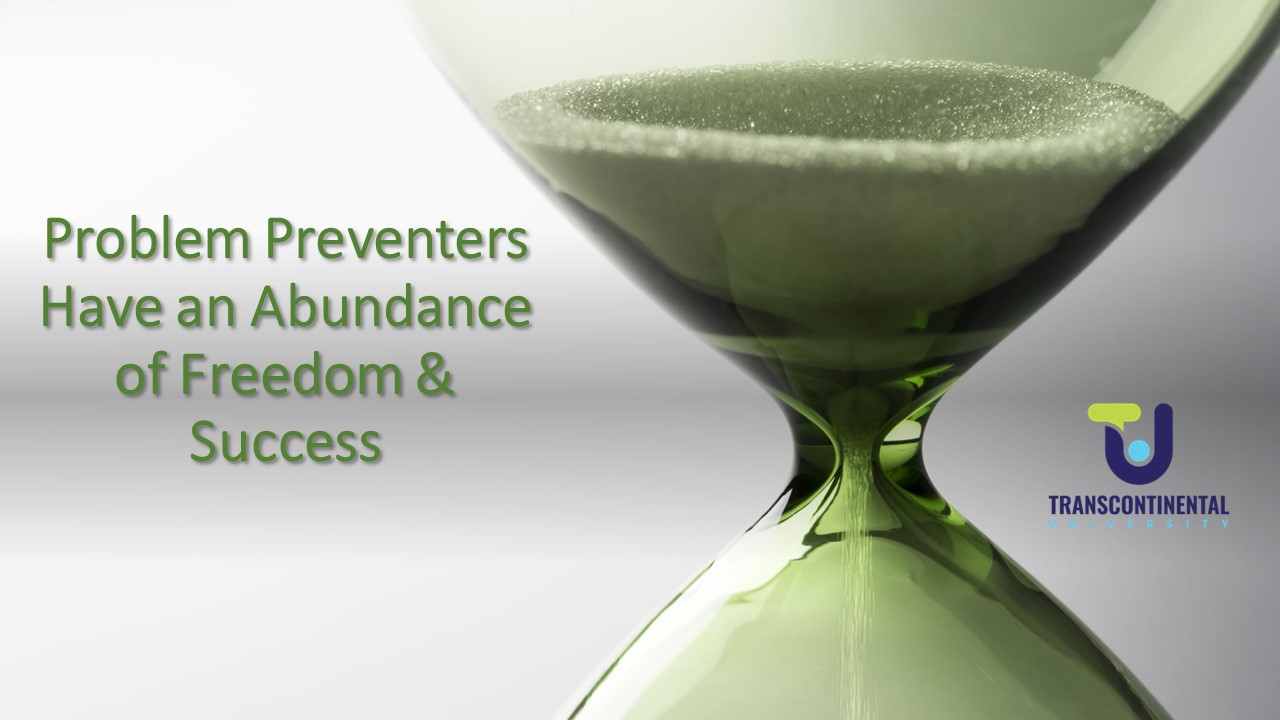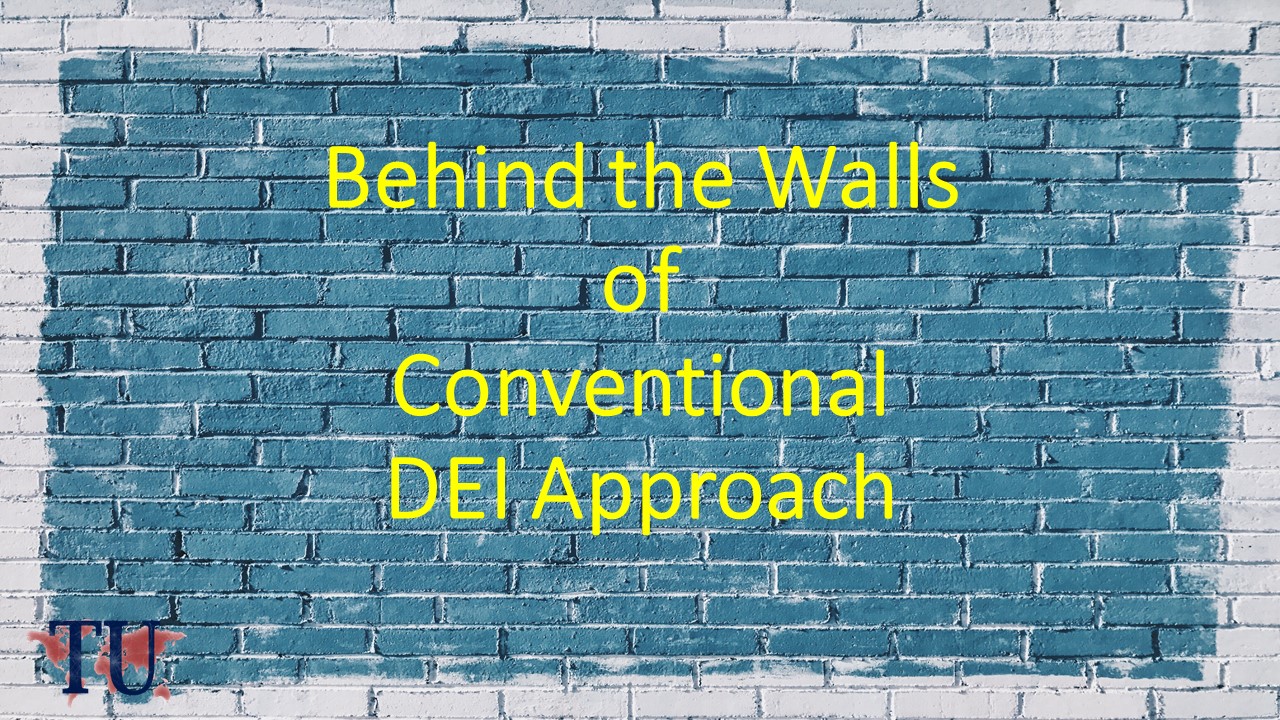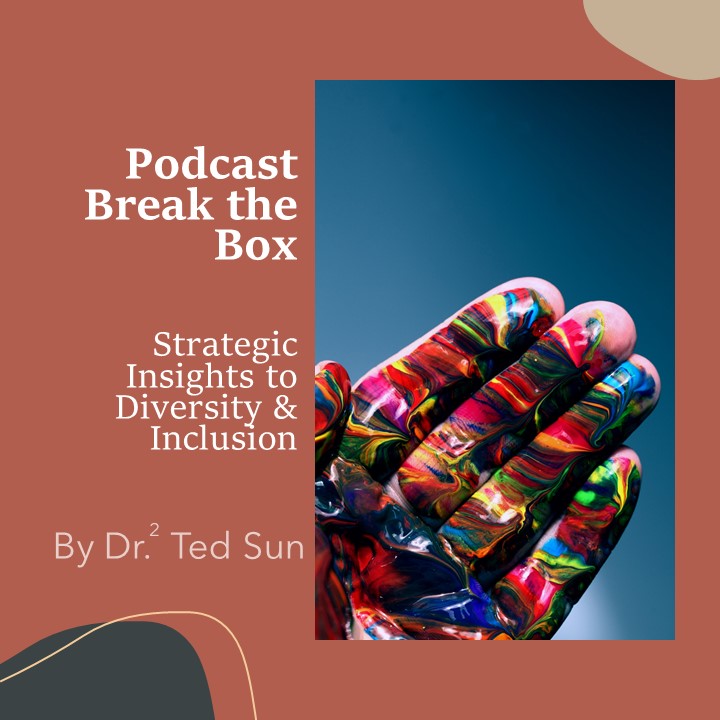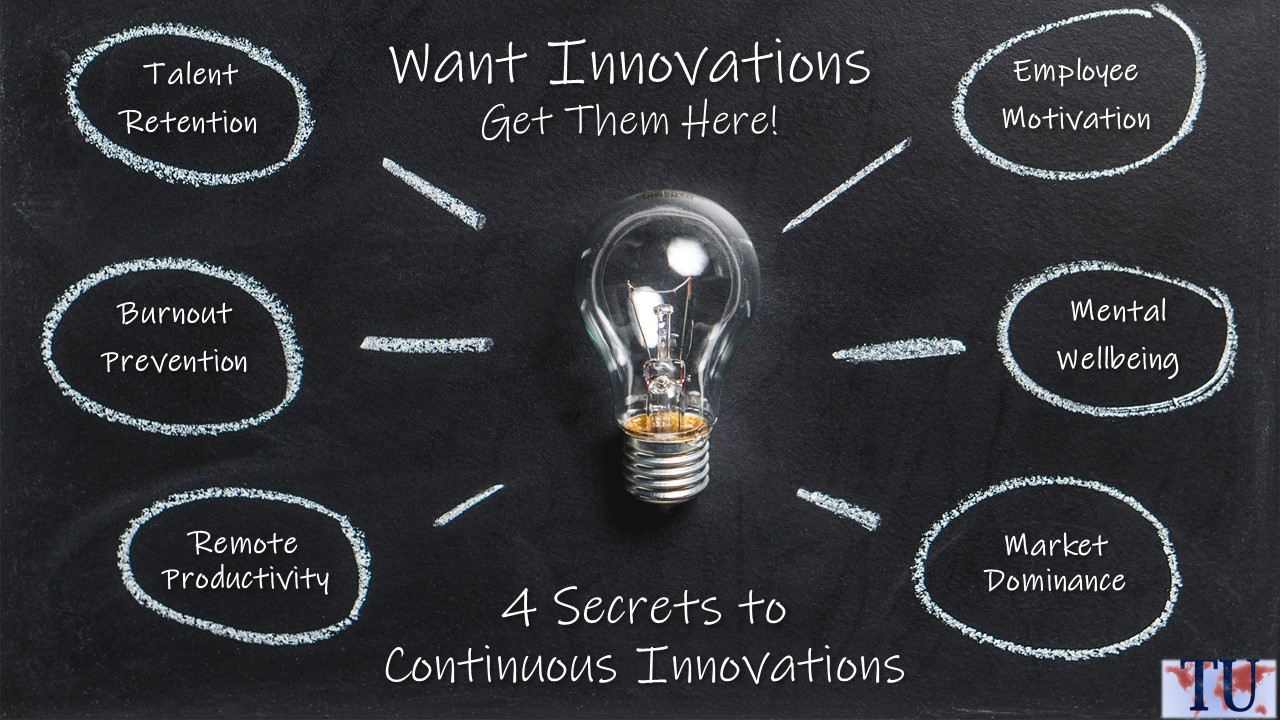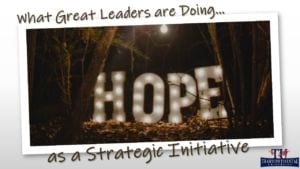
Infusing a Sense of Hope – Requirement for Annual Reviews
By Dr. Ted Sun And Dr. Lloyd Williams
Everywhere you turn, news about the pandemic and fears over physical health dominate the media. With the current increases in COVID numbers across the country, how should organizations conduct their annual reviews? In most companies, this is a process with negative connotations across the board, from employees to managers. While annual reviews typically focused on established metrics for performance within the organization, the current environment requires leaders to help people heal from the psychological damage of the pandemic and the remote workplace.
Pre-COVID Annual Performance Reviews
Annual performance reviews are an activity that is often disliked by most employees and managers. For those who are smart enough to play the game, research has found that employees tend to improve their performance in the last few months leading up to the annual review and then go back to their normal. For most employees, it is something they must do to get their bonus and/or pay increases. The process is filled with complaints from employees. For most managers, annual performance reviews take up time that they do not have. In some organizations, everyone gets the same bump in salary with little to no impact from the annual performance review, making it a waste of time. For others, this can be an interesting game of politics. With all this negativity around annual performance reviews, why are so many companies continuing the same practice? Is there not something better out there that can predict performance consistently among all employees?
Psychological damage of COVID
The current environment has forced countless people to work remotely. The fear, anxiety, and uncertainty that this pandemic has caused is undeniable. With people working remotely, it is very easy to feel alone. No matter how many Zoom meetings one can have in a day, human beings need more to build relationships and feel a sense of connectedness. The likelihood of burnout under these conditions is significantly greater than any era we have gone through in the past. With the conversations on performance management starting in December, leaders can get ahead of this costly problem while helping their employees heal from the psychological damages and enhancing the system to possess predictive capabilities.
Infusing a sense of Hope
While many companies have already started, or even completed, the writing portion of the annual performance reviews, the dialogue between employee and managers usually takes place in December. Within the pandemic environment, managers and executives require additional skills to lead their team. At an organizational level, a strategy to infuse hope into the process is a necessity for every employee, including the executive and management teams.
Hope is a powerful emotion and a key aspect of being an emotionally intelligent organization. Hope is what opens the door for innovations. In the current environment, we need hope more than ever. After working with numerous business leaders across the world, here are a few actions and tactics to give hope:
- Being Seen: Each day, appreciate 2 people for their efforts and achievements. When you impact 10 people each week, you’ll begin to see a cultural shift. While this help employees feel like they’re being seen for their hard work, the action also helps leaders focus on the positive achievements of those around them and help them see hope around them. Too often, managers get caught up in endless firefighting, and not enough time or effort on strategic choices that make a world of difference.
- Being Heard: When conducting the annual review, leaders can spend more time asking thoughtful questions that show care. Instead of the norm of going over the written form, ask questions that get meaningful content from employee concerns and challenges, and end with questions that enable employees to show off their ideas. The design of the questions must be a strategic choice that leads employees to feel empowered. The act of asking the questions can show employees how much individual consideration is being placed on to them and that their ideas are being heard. This requires a system of proactive engagement from employees’ ideas.
- Improve Confidence: Confidence is the foundation of success and the ultimate solution against burnout. As research have shown, people with confidence are more likely to take on risks and succeed in the roles. Confident people will perceive reality very differently than insecure individuals. Organizations can design confidence building strategies to ensure this preventative trait exists in their talent. Confidence can be developed by providing achievable short-term targets and make them visible. People need to feel like they are in charge and can make a difference. This is crucial in the current times, since most people have significant uncertainty about their jobs, their family, their friendships, and life as they know it.
- Strategic Growth: Empower people on a journey of growth, something practical that develops their skills and intelligences. This is far from traditional training programs where information is pushed at people and overwhelming them with “stuff”. Developing people needs to be practical, and a feedback loop is required to give them confidence and a sense of hope. This is the foundations of developing a learning organization that consistently creates innovations and retains its top talent.
The above are only a few actions and tactics within the strategic initiative of hope. To prevent massive burnout and loss of innovation/productivity as COVID continues, every organization should embrace positively charged strategic initiatives such as this. Especially in a time where every person has been swimming in an ocean of anxiety and uncertainty, hope is the balance we need. From a strategic perspective, the human systems within organizations need to reflect hope on a continued basis, not just a few simple actions. Motivational systems, performance management systems, leadership systems, learning systems, organizational design, change management systems, etc. are vital systems that need to infuse hope for the productivity and wellbeing of employees.
The gift of hope is an amazing blessing. When done correctly, it drives learning and innovation that is needed in every organization. Take daily action to make a difference to your life and those around you. We are here to help you make that difference.



